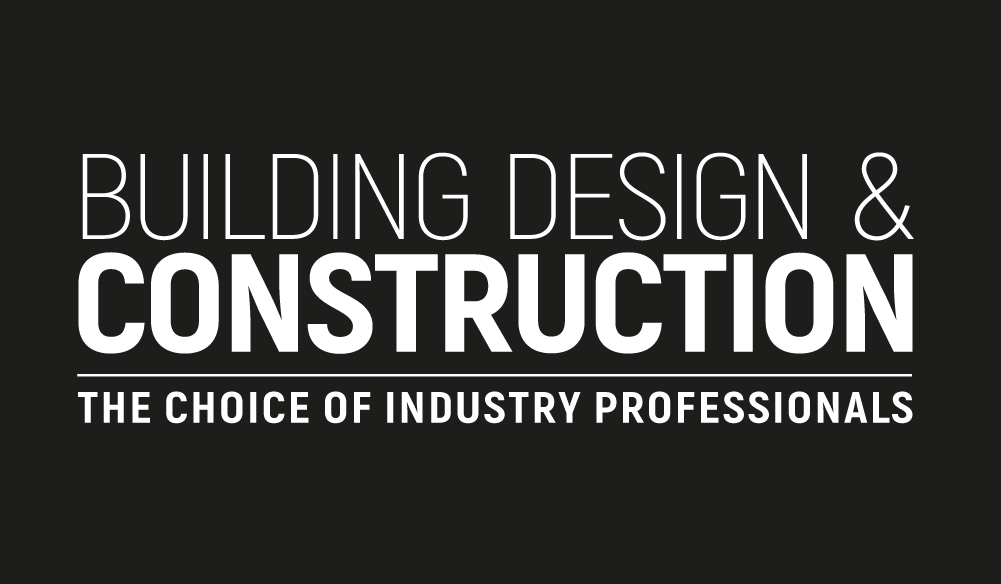The Digital Shift in Health and Safety As we move into 2025, the construction and real estate industries in the UK are embracing digital transformation at an unprecedented pace. With stricter regulations, evolving safety standards, and greater accountability, construction companies are turning to digital tools to enhance compliance, improve worker safety, and minimise risks on construction sites and property developments. The days of relying solely on paper-based risk assessments, manual safety inspections, and outdated reporting systems are fading. Today, digital technologies such as mobile applications, real-time monitoring systems, and AI-powered analytics are transforming how companies approach health and safety compliance. These tools are not only ensuring better adherence to safety regulations but also streamlining construction processes, reducing human error, and ultimately leading to safer workplaces. Why Health and Safety Compliance Matters More Than Ever In the UK, health and safety laws governing construction and real estate are some of the strictest in the world. Regulations like the Construction (Design and Management) Regulations 2015 (CDM 2015) and the Health and Safety at Work Act 1974 set clear standards for compliance. Failure to meet these requirements can result in severe consequences, from hefty fines and project delays to reputational damage and, in the worst cases, fatalities. Despite these regulations, many construction firms still struggle with compliance due to inefficient processes and outdated methods. Manual safety inspections, lack of real-time monitoring, and inconsistent risk assessments contribute to gaps in safety procedures. This is where digital tools come in, providing a modern and efficient approach to managing compliance and keeping construction workers safe. How Digital Tools Are Transforming Health and Safety Real-Time Incident Reporting and Management One of the biggest advancements in construction site safety is the ability to report incidents in real-time. Mobile apps designed for health and safety inspections, such as a health and safety inspection app, allow workers to instantly report hazards, document incidents with photos and videos, and notify project managers within seconds. This rapid response system ensures that issues are addressed immediately, reducing the risk of further accidents. One of the biggest advancements in construction site safety is the ability to report incidents in real-time. Mobile apps designed for health and safety inspections allow workers to instantly report hazards, document incidents with photos and videos, and notify project managers within seconds. This rapid response system ensures that issues are addressed immediately, reducing the risk of further accidents. These digital solutions also eliminate the delays often associated with traditional incident reporting, where paperwork needs to be manually processed. Instead, everything is logged digitally, making it easier for safety officers to track compliance and ensure necessary actions are taken. Digital Risk Assessments and Safety Audits Risk assessments are a fundamental part of health and safety compliance, but when done manually, they can be time-consuming and prone to errors. Digital risk assessment tools streamline this process by automating checklists, standardising safety audits, and ensuring no critical steps are overlooked. AI-powered analytics take this a step further by identifying potential hazards before they escalate into serious incidents. These tools analyse historical project data, assess risks in real-time, and provide recommendations to prevent accidents. Machine learning algorithms improve accuracy, offering valuable insights that enhance safety practices. Wearable Technology and IoT for Safety Management The rise of wearable technology and IoT (Internet of Things) solutions is further enhancing workplace safety. Smart helmets, vests, and wristbands equipped with sensors can monitor workers’ health, detecting fatigue, heat stress, and other potential risks. These devices can send automatic alerts to site managers, allowing for immediate intervention before an incident occurs. IoT-enabled construction sites are also becoming more common, with sensors monitoring environmental hazards such as gas leaks, structural weaknesses, and real-time hazard detection. These innovations provide a proactive approach to safety, reducing the likelihood of accidents before they happen. Health and Safety Compliance in Real Estate Management While construction sites are high-risk environments, health and safety compliance is equally crucial in real estate management. Landlords, property managers, and developers are using digital tools to monitor safety regulations, ensure building compliance, and streamline maintenance. Smart Property Management and Compliance Tracking Cloud-based property management platforms are revolutionising how landlords and property managers track compliance with fire safety, electrical standards, and structural integrity regulations. Digital tools provide automated reminders for inspections, store compliance records securely, and enable real-time monitoring of safety conditions. For example, fire risk assessments can now be conducted digitally, with AI-powered systems analysing potential hazards and generating safety recommendations. This approach not only ensures compliance with the latest safety standards but also reduces the risk of costly legal issues. Remote Safety Inspections and Predictive Maintenance The ability to conduct remote inspections is another game-changer in health and safety compliance. Drones are now being used to survey buildings, assess structural conditions, and inspect hard-to-reach areas, eliminating the need for risky manual inspections. Meanwhile, AI-driven predictive maintenance systems analyse project data to detect early signs of wear and tear, allowing for proactive repairs before they become safety hazards. This shift towards digital inspections is making real estate management more efficient, reducing costs while ensuring properties remain compliant with UK regulations. The Benefits of Digital Health and Safety Tools Increased Efficiency and Cost Savings One of the most immediate benefits of adopting digital safety tools is the significant increase in operational efficiency. Automated compliance tracking reduces the administrative burden on safety officers, allowing them to focus on proactive measures rather than paperwork. This, in turn, leads to cost savings by preventing workplace incidents, minimising legal risks, and reducing downtime due to safety violations. Improved Worker Safety and Reduced Incidents By providing real-time data on safety conditions, digital tools empower workers to take proactive measures to protect themselves. Wearable technology, mobile safety apps, and IoT sensors all contribute to a safer work environment, reducing the number of workplace injuries and fatalities. Greater Transparency and Regulatory Compliance Digital records ensure greater transparency and accountability in safety management. Compliance audits become easier when all safety documentation is stored in a centralised system, accessible














